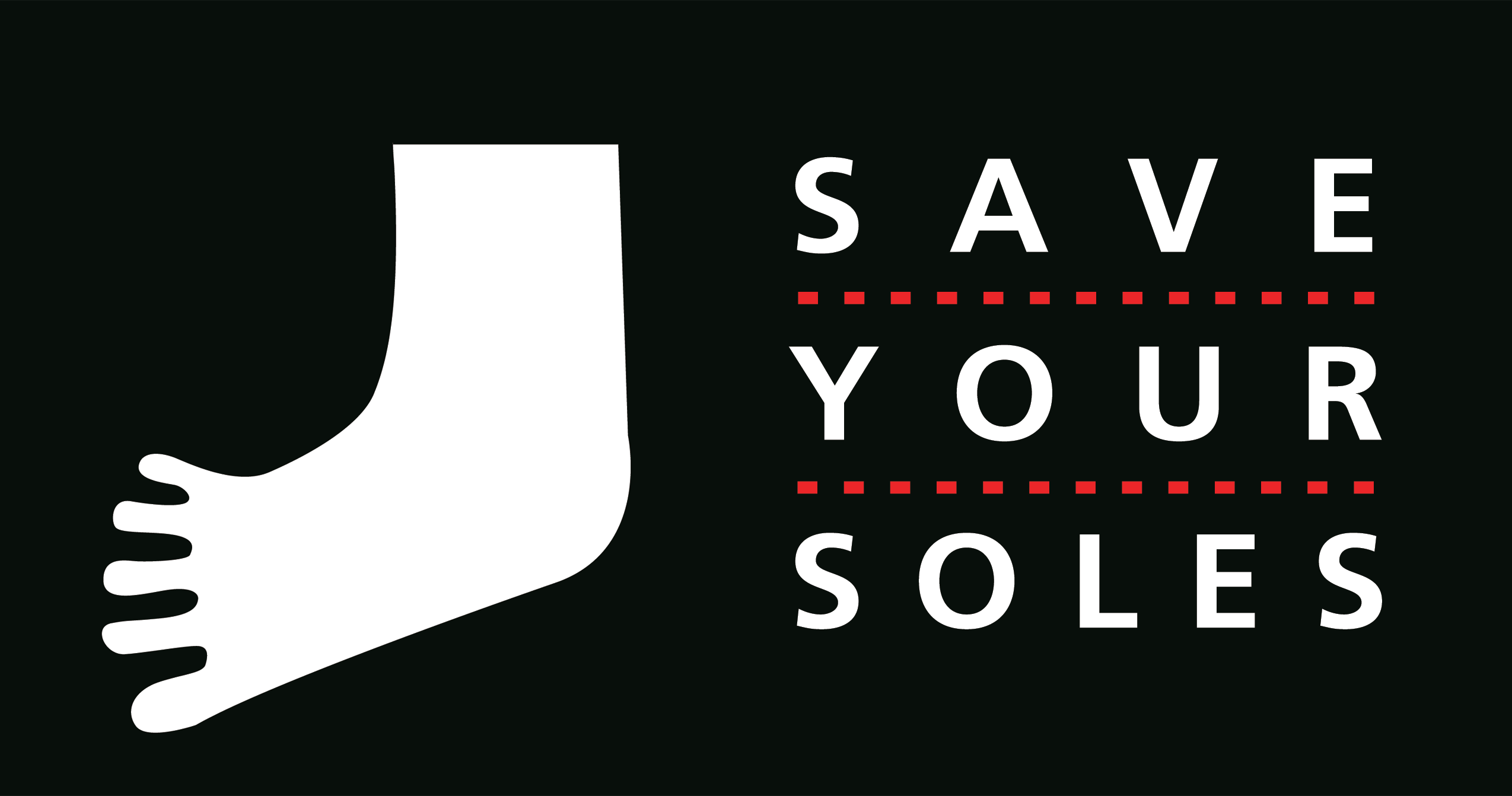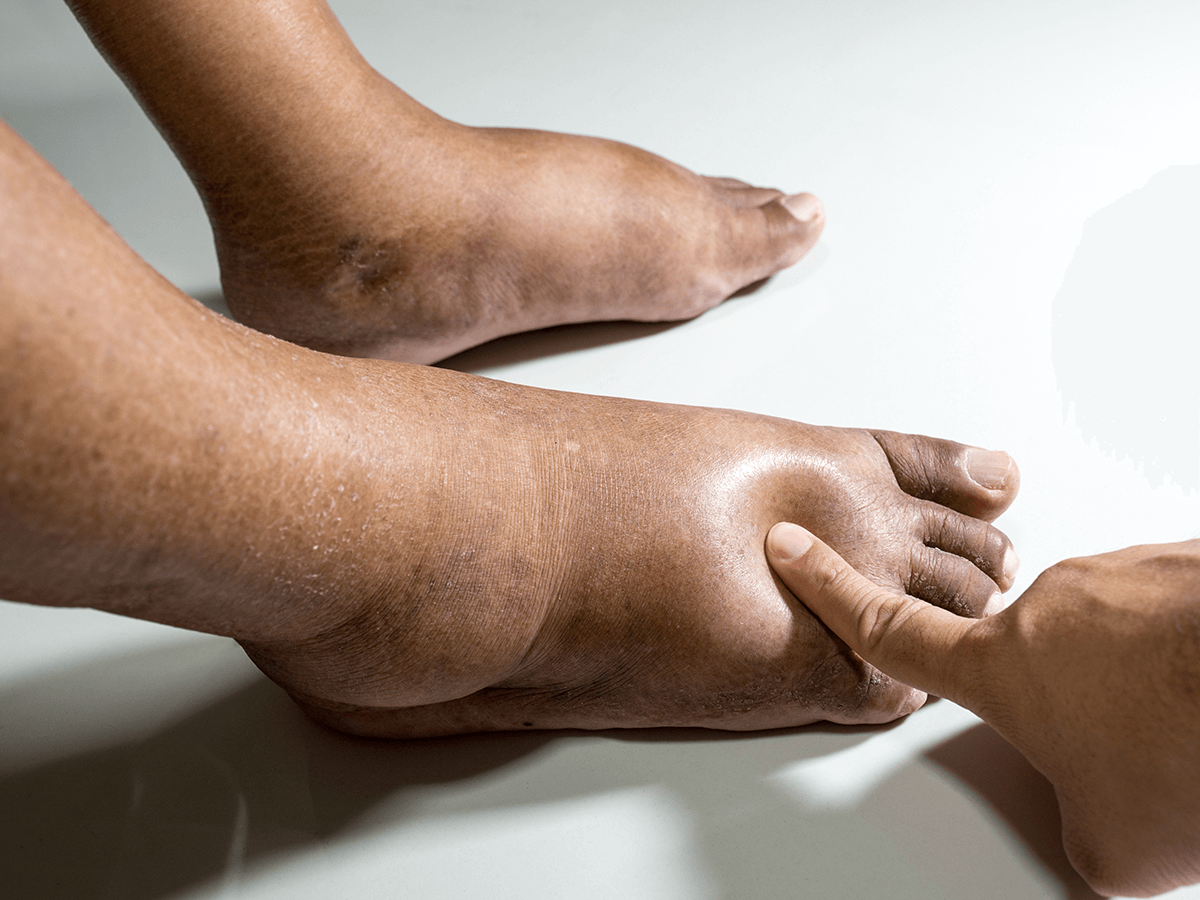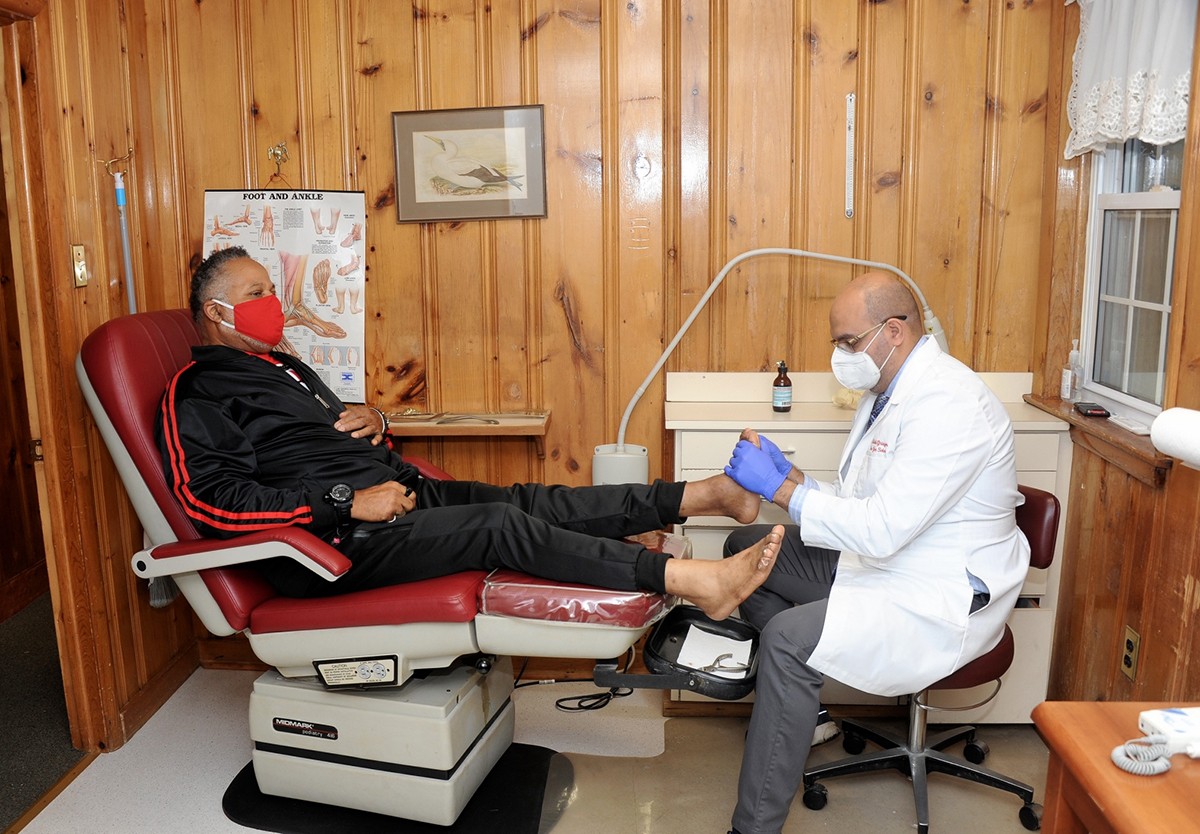Poor circulation is a risk for amputation, and it is not something to be ignored. At the very least it causes discomfort in the legs and feet, and if left unchecked can lead to amputations. It is important for individuals, especially those with diabetes, to identify the early warning signs of poor circulation and to have it addressed.
In a previous blog my colleague explained poor circulation, also known as peripheral artery disease (PAD), and why this is a leading cause of amputations. Now let’s look at the symptoms of poor circulation.
Signs of Poor Circulation
Early Signs
- Loss of hair on your feet or toes. The hair on your toes will decrease with diminishing blood supply. It can totally disappear if the reduction in blood flow is severe.
- Erectile dysfunction. Less blood flow to the groin area indicates that you may also have low blood flow to the lower extremities.
- Shiny skin of feet and legs
Late Signs
- Painful cramping in your thigh or calf muscles with activity such as walking or even climbing stairs. This can often occur in one leg but not the other. Some patients describe a heavy feeling in the affected leg or even a tiredness that improves with a few minutes of rest. The medical term for this is Intermittent Claudication. This can be confused with arthritic pain or “stiffness” from getting older.
- Coldness in one foot compared to the other foot.
- Loss of pulse. There is a palpable pulse on the top of your foot. If this diminishes or cannot be found, it is likely due to PAD.
Severe Late Signs
- Rest pain. Relenting pain in one foot or extremity not relieved by rest or elevation.
While knowing these signs is important, many patients with PAD do not experience symptoms, in fact, almost 50% of patients with PAD do not have symptoms. Complete this Risk-Assessment Test to see if you should be talking to your primary care physician or podiatrist about tests for PAD.
By: Dr. Ronald M. Renzi
Partner, Save Your Soles Podiatry, LLC



